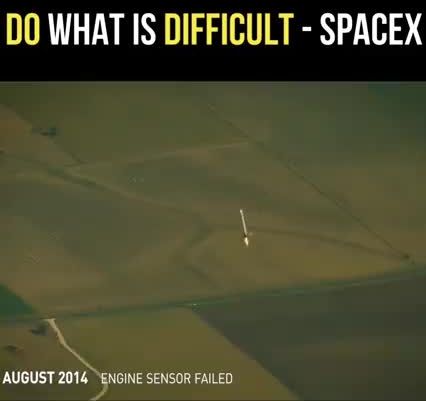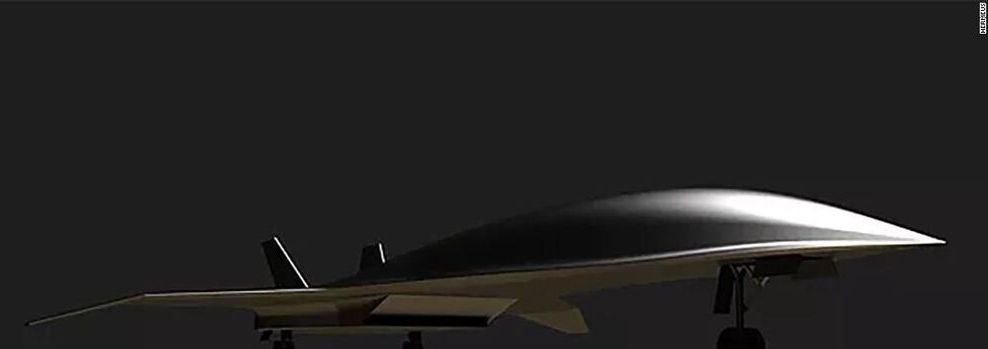SPACEX
#SpaceX #Newyear





Some 21 residents of a Bat Yam retirement home tested positive for the coronavirus after they were vaccinated but before they had developed antibodies, according to Ynet.
The other 150 residents of the home will be tested for the virus.
Health officials have stressed that the two-dose Pfizer vaccine regimen means that the vaccine is only fully effective about five weeks after the first dose. This means it could take until sometime in February for enough elderly and high-risk people to be vaccinated to help lower the spread of infection and start reopening the economy.
Moreover, the risk of catching coronavirus after the first jab has been confirmed in that some 15000 patients who received the first dose of the vaccine were screened and 428 were confirmed positive for COVID-19 and some 12 people were hospitalized, according to reports. It is possible that some of them were exposed to the virus even before being vaccinated.
On Friday morning, Israel’s one millionth citizen was vaccinated against the novel coronavirus in the presence of Prime Minister Benjamin Netanyahu and Health Minister Yuli Edelstein.
Neuromorphic computing is coming, and it’s based on the way the brain works. In this installment of Brains Behind the Brains, Mike Davies, Director of Neuromorphic Computing at Intel Labs, talks to us about this technology, Intel’s Loihi processors, and how neuromorphic computing will change our world in wonderful ways. https://intel.ly/3hmL0Ip.
Subscribe now to Intel on YouTube: http://bit.ly/1BZDtpf.
About Intel:
Intel, the world leader in silicon innovation, develops technologies, products and initiatives to continually advance how people work and live. Founded in 1968 to build semiconductor memory products, Intel introduced the world’s first microprocessor in 1971. This decade, our mission is to create and extend computing technology to connect and enrich the lives of every person on earth.
Connect with Intel:
Visit Intel WEBSITE: http://intel.ly/1WXmVMe.
Like Intel on FACEBOOK: http://intel.ly/1wrbYGi.
Follow Intel on TWITTER: http://intel.ly/1wrbXC8
Follow Intel on INSTAGRAM: http://bit.ly/1OJuPTg.
Brains Behind the Brains: Mike Davies and Neuromorphic Computing at Intel Labs | Intel.
https://www.youtube.com/user/channelintel

#JustAReminder why knowing the origin of this disease is so important. Shi Zhengli who ran the lab in Wuhan worked with Ralph Baric on this gain of function research.
Declan Butler.
12 November 2015
An experiment that created a hybrid version of a bat coronavirus — one related to the virus that causes SARS (severe acute respiratory syndrome) — has triggered renewed debate over whether engineering lab variants of viruses with possible pandemic potential is worth the risks.
In an article published in Nature Medicine 1 on 9 November, scientists investigated a virus called SHC014, which is found in horseshoe bats in China. The researchers created a chimaeric virus, made up of a surface protein of SHC014 and the backbone of a SARS virus that had been adapted to grow in mice and to mimic human disease. The chimaera infected human airway cells — proving that the surface protein of SHC014 has the necessary structure to bind to a key receptor on the cells and to infect them. It also caused disease in mice, but did not kill them.
The findings reinforce suspicions that bat coronaviruses capable of directly infecting humans (rather than first needing to evolve in an intermediate animal host) may be more common than previously thought, the researchers say.
But other virologists question whether the information gleaned from the experiment justifies the potential risk. Although the extent of any risk is difficult to assess, Simon Wain-Hobson, a virologist at the Pasteur Institute in Paris, points out that the researchers have created a novel virus that “grows remarkably well” in human cells. “If the virus escaped, nobody could predict the trajectory,” he says.



A new study is flipping the script on the effects of massive meteor impacts. While an ancient impact is commonly to the extinction event that killed the dinosaurs, scientists are now starting to suspect that an earlier impact could have jumpstarted life on Earth in the first place.
Scientists have long suggested that meteorites carried the ingredients necessary for life to Earth, but new research suggests that meteor impacts also created the ideal conditions for life to emerge as well, The Weather Network reports. Because of that, the scientists suggest that space agencies ought to pay special attention to similar craters when hunting for life on the Moon, Mars, or beyond.